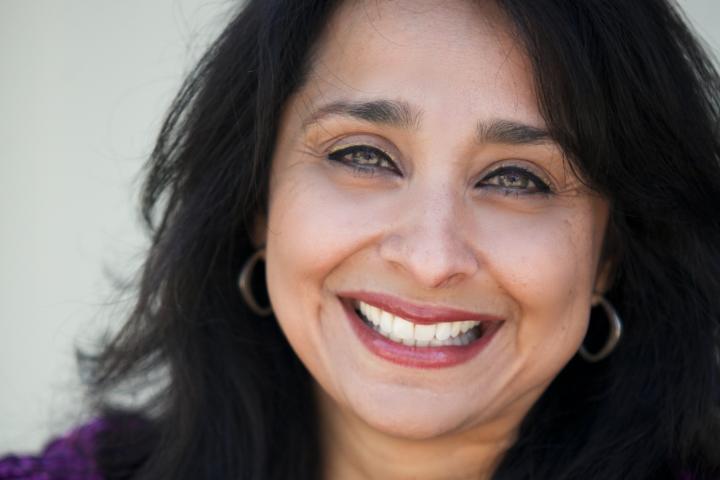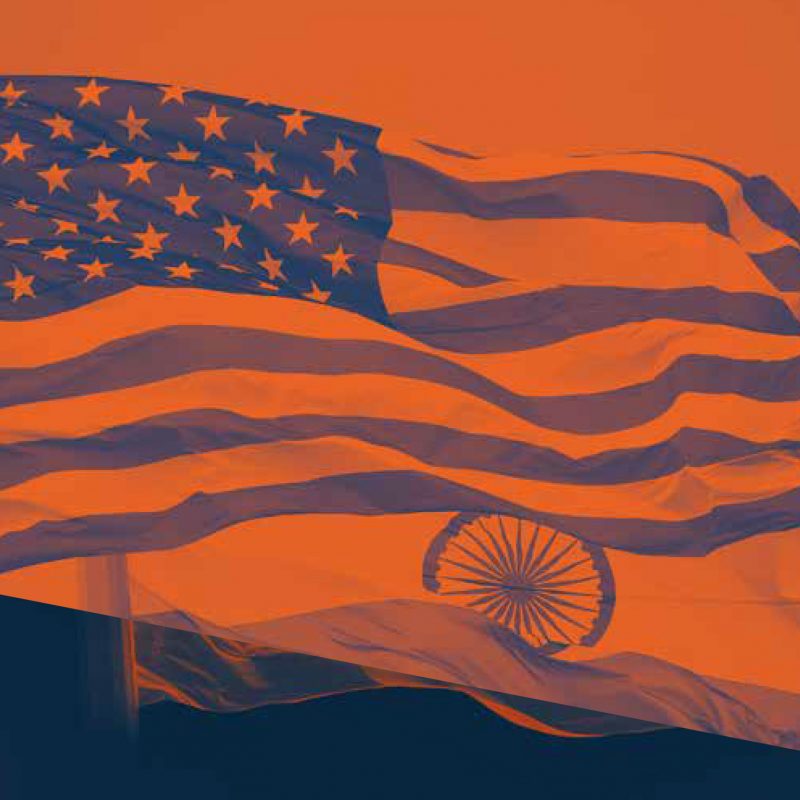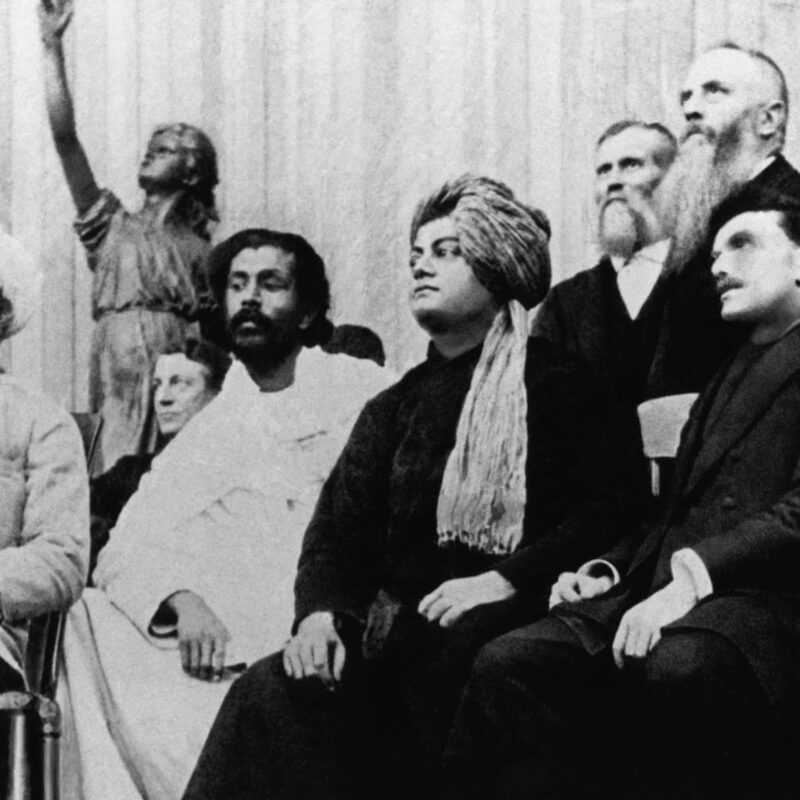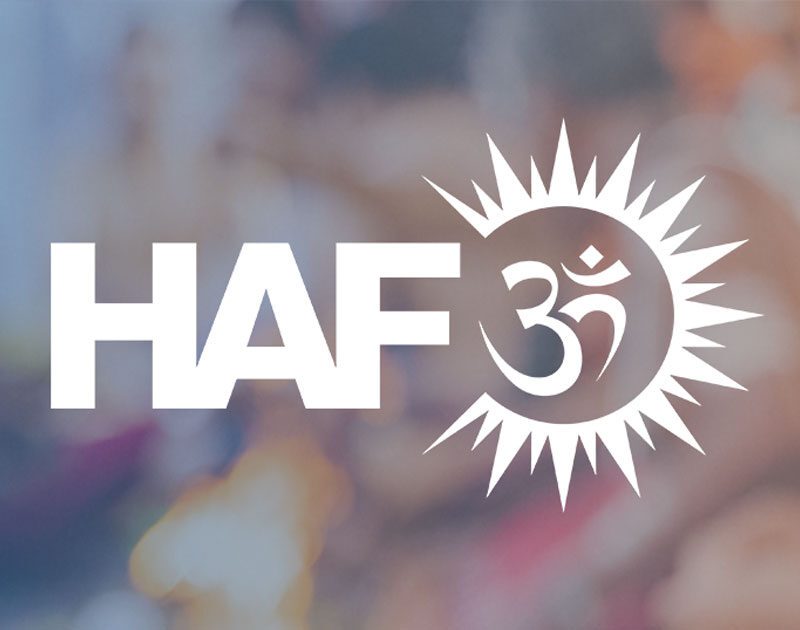
South Asians share in the burden of being brown in America. We also stand out for our “foreign” languages, foods, cultures, and religious traditions. But as we are told more and more, this otherness is not enough to stand together — for we South Asians are riven by divisions. Not just are we Indians, Sri Lankans, Bangladeshis, Pakistanis, Nepalis, and Bhutanese. Not only are we Bahá’í, Buddhist, Christian, Hindu, Muslim, Sikh, Zoroastrian, and more. A new wave of activists tell us now that we stand divided, too, by caste.
The Hindu American Foundation (HAF), the pre-eminent Hindu advocacy organization in the United States, took a step seven years ago in publicly speaking out against the dehumanizing impact of caste based discrimination with a groundbreaking report, Hinduism Not Cast in Caste: Seeking an End to Caste-based Discrimination. The report explained caste and caste-based practices, denouncing it unequivocally as a violation of Hindu teaching based on the exacting words of both Hindu scripture and Hinduism’s contemporary spiritual teachers and gurus — words which clearly repudiate not just caste discrimination, but the very basis of a hereditary, hierarchical construct.
The censure of caste discrimination continued last month, when the group “Equality Labs” released a survey, Caste in the United States: A Survey of Caste Among South Asian Americans. The survey, the lab argues, shows that the baggage of caste identity has been carried by South Asians to the United States, and that this awareness leads to alienation and discrimination for those identifying as Dalit, or occupying the lowest rung of the caste hierarchy.
The rollout of the survey report was accompanied by a social media campaign that offers poignant vignettes of families facing discrimination.
We read that a Sikh family with so-called lower caste origins is excluded in their place of worship, the gurdwara. We are told that Muslim families often discipline their children using a terrible casteist slur. And we face a large number of families with lower caste ancestry feeling systematically isolated in social gatherings and during services at Hindu temples. These are crucial points to ponder and a sobering place to begin community wide, and even intra-caste, conversations to begin a journey towards reconciliation and rectification.
But this survey by Equality Labs is very different than the HAF report. Rather than reconciliation of the very real and serious pain many of the respondents have faced, the survey report is about recrimination. Rather than beginning conversations, it risks ending them.
The survey perpetuates the most noxious and false trope about Hinduism: that the religion’s fundamental sacred texts codify discrimination. It also promotes a contradictory narrative that not only did other Dharmic religious traditions, like Buddhism and Sikhism, develop in direct opposition to the “Hindu caste system,” but the caste discrimination practiced to this day within these communities is still somehow uniquely the fault of Hinduism, thousands of years after these faiths were founded. And the blame for casteism witnessed amongst South Asian Christians and Muslims — the missionaries of which overtly promise Hindus an “escape from caste” — still lays at the altar of the religion they have shunned upon conversion, in many cases, generations ago.
Consider the prologue of the survey that begins with an out-of context quote by the author of the Indian Constitution and Dalit intellectual, Dr. B.R. Ambedkar, that caste follows Hindus wherever they go. But the same Dr. Ambedkar also explicitly accepted that hierarchy and discrimination were not inherent to Hindu scripture:
Particular attention has to be paid to the fact that this (the varna system) was essentially a class system, in which individuals, when qualified, could change their class, and therefore classes did change their personnel. (Writings and Speeches, Vol. 1, P.18)
Dr. Ambedkar studied original texts and knew that hierarchy and discrimination were later distortions of a societal structure that developed over many millennia.
The condemnation of Hinduism follows in the second sentence of the survey. “[Caste] is a codified exclusion that was established in Hindu scripture,” the report flatly declares. The hallowed Purusha Sukta of the Rig Veda, that described four peoples emanating from a Divine Being (as well as animate and inanimate life, fire, wind, the sun, moon, the four directions, the earth, etc.), is slurred as a Hindu origin “myth,” and distorted to imply a hierarchical caste system.
Either the authors have not read the Purusha Sukta, or they selectively quote it to intentionally misread it. There is no statement that the four varna, or personality types, are based on hereditary birth; no sentence that one is born into a fixed category; no statement that these four modalities of being based on tendencies and preferences posit a hierarchy. The authors also ignore the volumes of interpretation of these very symbolic verses which do the same.
Where some may find assorted texts from later Smrti texts that do reference discriminatory attitudes and practices reflecting the social evil of its time, it is disingenuous then to not quote the Bhagavad Gita, perhaps the most widely read Hindu sacred text, that categorically insists that varna is not fixed and not hereditary. And note, Hindus understand Smriti scripture to be attributed texts that are bound by time and context and with evolving interpretation, ie. they are not realized or revealed eternal truths. Not a single Hindu spiritual leader today points to Smriti texts as law books to command any type of discrimination or casteism. And in fact, Hindu spiritual leaders throughout history have admonished Hindus for this kind of ill-treatment of their own.
The survey goes on to report that societal hierarchies and discrimination do exist across all religions in South Asia, but still blames Hinduism for infusing them with the illness. This hostility is put into stark relief by Equality Lab’s own mission statement: “We are building a vision of South Asian American communities centered on the values of South Asian caste and religion-oppressed migrants. This includes Adivasis, Dalits, Bahujans, Muslims, Buddhists, Sikhs, and Christians.” Hindus are not included in this conception of equality at all. The inference: Hindus are the problem, not the solution.
And then there are the survey authors and their allies. They are the very same activists notorious for opposing efforts by Hindu Americans to define their own historically corroborated narrative in California textbooks. These are the same activists — many that proclaimed that they had repudiated their Hindu faith — that loudly disparaged and harangued Hindu children during their testimonies to the California State Board of Education.
That survey authors attacked Hindu community efforts in California is important as it underscores the findings of HAF’s Bullying Survey released late last year. Hindu students’ perceptions of religion-based bullying was indeed tightly correlated to their perception of the focus on caste in their Hinduism curriculum. These are children born and raised in the United States that usually cannot even name their own filial caste, let alone recognize that of other South Asian children they meet. Sure, some may inherit the privilege of their parent’s or grandparent’s caste status in their migration stories, but the burden is on all of us to ensure that the caste conversation is reasoned, rational, and fair into the 2nd and 3rd generations when these children are already facing the challenges of growing up brown and not Christian in America.
The overt bias of the authors cannot but inform the survey methodology. If the survey is disseminated and then analyzed by the same people who call Hinduism an “evil, social construct,” it’s difficult to deny observer bias. There’s also an issue of selection bias which results from non-randomized population samples, meaning the selection of participants or data collection is done in such a way that it is not representative of the population being analyzed — in this case all South Asian Americans. According to the authors, the survey questions were distributed through the authors’ and supporters’ platforms and networking channels. While there are known Buddhist, Muslim, and Sikh organizations listed as participants, not a single Hindu organization is listed. To be sure, neither HAF nor other well-known Hindu organizations were invited to distribute the survey amongst their networks or participate. Strikingly, a breakdown of respondents by religion is not provided in spite the survey asking about religious identity.
The survey also does not investigate (or ask for estimations) about the national origin of those engaging in discriminatory behavior. Was it apparent that the alleged discriminator was not born or raised outside of their country of origin (shedding valuable light on importation of certain attitudes)? If second and third generation South Asians identify as caste-blind, are they benefiting from caste-privilege into third and fourth generations, or are caste attitudes a first generational reality?
All of this is not to deny that a conversation that includes all stakeholders — those affected by caste discrimination, those committed to eradicating it in all its forms, and those who may even deny its existence — needs to happen. This is why HAF wrote its report condemning caste-based discrimination and why HAF participates in many South Asian conversations that recognize caste structures, even in some diasporic communities.
HAF also offered a roadmap as Hindus towards a future without casteism, inspired by the promise of Hinduism’s foundational tenet: that not just all living beings, but all of manifest and unmanifest existence share a core, divine oneness. It is also why HAF asks that anyone facing discrimination in a Hindu temple for any reason — especially on the basis of caste in the US — report such incidents to HAF (info@hinduamerican.org). Such treatment is outrageous and unacceptable and HAF’s engagement with temple leadership networks can help address such issues promptly.
There are countless Hindus who have worked and continue to work to uplift and empower peoples impacted by caste-discrimination. Rather than promoting identitarian agendas built on willful ignorance or Hinduphobia, all South Asians must partner with individuals and organizations that are committed to recognizing that yes, caste-based discrimination exists across all communities and all religious traditions, and work must be done to dismantle all systems perpetuating oppression. This is work that not only needs to continue, but be scaled up significantly. It is not just a moral necessity; it is an existential imperative.
This article originally appeared in India Abroad.








































